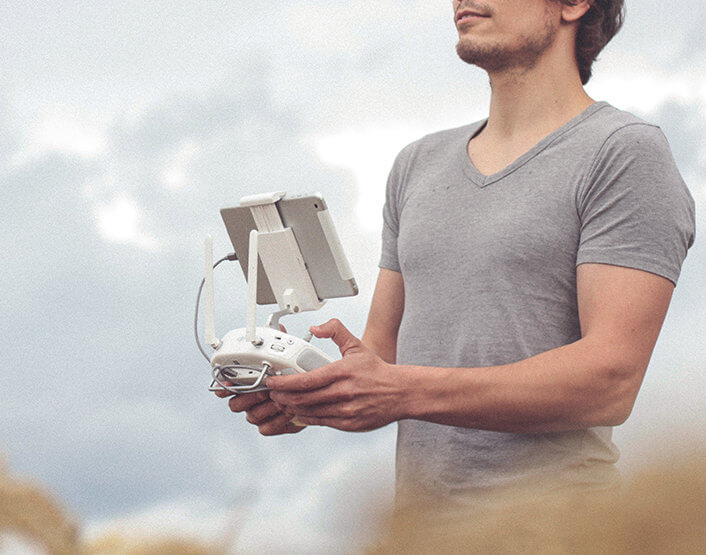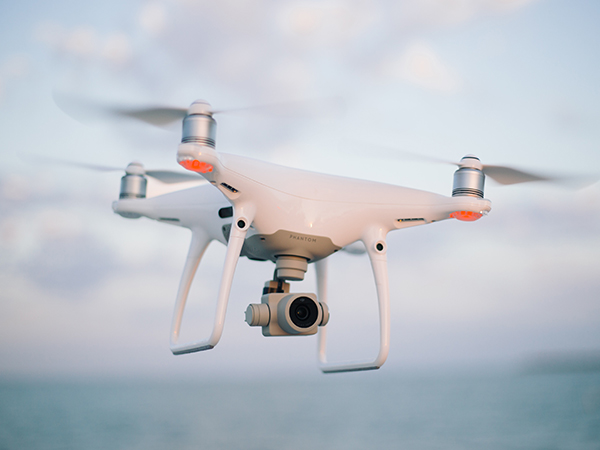There are many reasons why unmanned aerial vehicles (UAVs), also known as drones, crash. But that’s, of course, the last thing you want to happen. You don’t want to see hundreds of dollars of your money go down the drain because your drone crashed the first time you fly it for aerial photography. Though most drones are made to be sturdy, there are several factors that could affect them and could be prevented if you know about it.
Malfunctioning rotors
The rotors of a drone are made to be sturdy but pliable and soft so they don’t hurt the owners and cause damage to other people and properties.
Because of this, they are susceptible to getting bent and easily broken when they crash into something. Always check the rotors before flying. Make sure they are in perfect condition and they are working properly and are not damaged.
No GPS signal
You will likely lose GPS signal when you are flying indoors. It is always recommended for you to fly the drones outside, in an open area, so the signal is strong.
If you lost the GPS signal, you could fly your drone to an area where you could not detect it anymore.
Compass error
Wrongly-tuned compasses are one of the biggest causes of why drones crash. They can become detuned by contact with any magnetic and radio frequency (RF) source. When inside the car, avoid getting the drones too close to magnets such as those in car speakers.
You should also avoid flying the drone in an environment with high electromagnetic interference such as areas close to high voltage power lines and cell phone towers.
Disconnected video transmission
This is another common cause of drone crashes during aerial photography. It can happen anytime from the first flight to some months later. It usually arises from loose cables and damaged ports.
To prevent this from happening, you need to make sure that all the cables are plugged in before the flight and you must unplug them carefully after flying. This will keep the ports in good shape.
Incorrect home point
This happens when the GPS lock is lost during the flight and when the signal is regained, the drone will recalibrate incorrectly.
It will detect the wrong home point. You need to set the return home altitude higher than anything in the area. A hundred meters should work fine unless you are flying in a city or near tall structures such as high-rise buildings and telephone masts.






